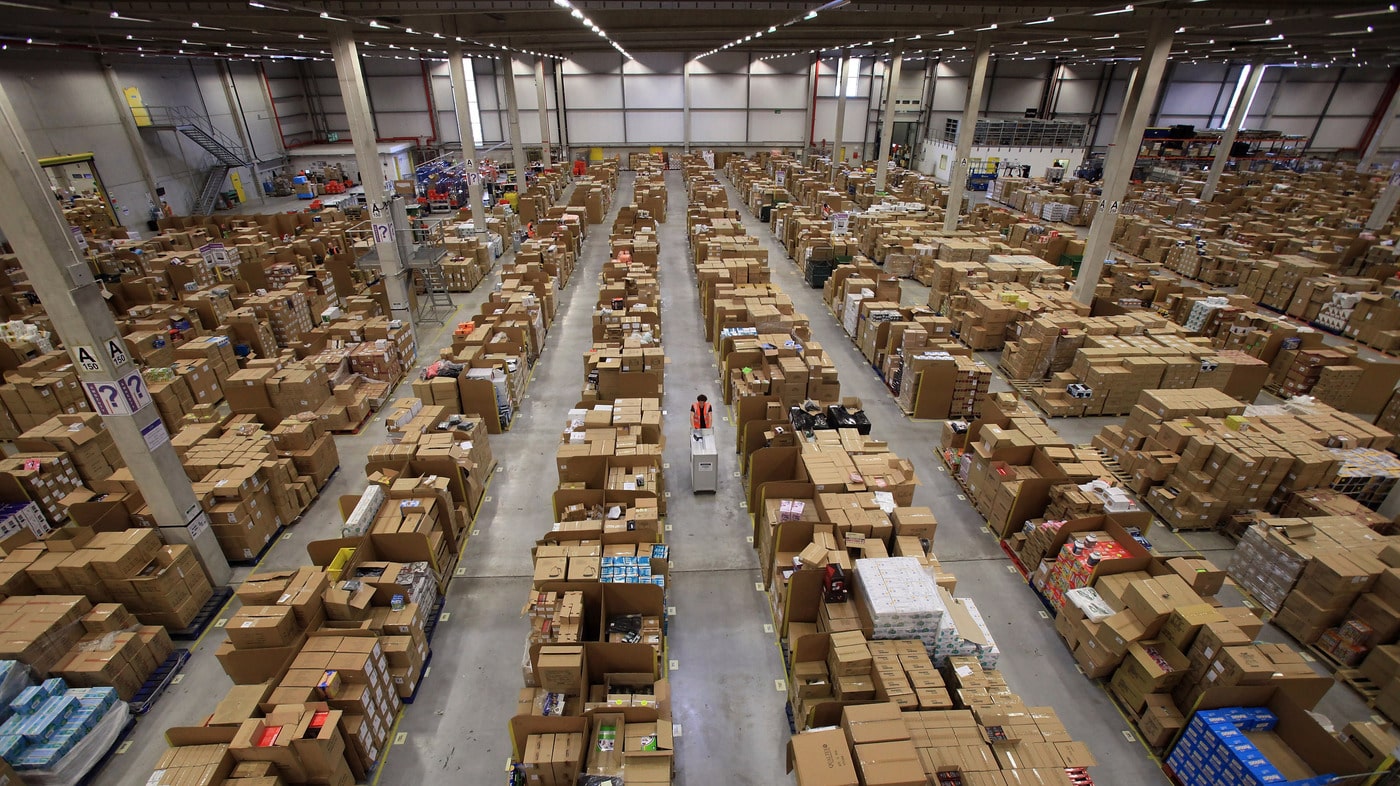Earlier this month, Amazon dropped a bombshell on the restaurant industry – it was increasing the minimum wage of its 500,000 strong workforce, including all its low-skilled warehouse staff, to $15 per hour.
In the tightest labor market in the post-war era with unemployment at 3.7%, this was a hammer blow. Restaurants are already deep in the trenches fighting off competition from Uber, Lyft, Instacart and a multitude of other gig-economy companies; now they will have to compete with the second largest company in the world for talent.
It is only a matter of time before this has a massive ripple effect across the restaurant industry.
This was a highly disruptive and politically savvy move by Jeff Bezos. Long hammered by politicians on both sides for his low wages, he decided to not only address the criticism but also kneecap his competitors at the same time. In fact, he explicitly called for all others to follow suit.
By raising the Amazon minimum wage so dramatically, other industries leveraging low-skilled workers that have even tighter margins and less access to capital will soon be forced to raise their wages. It is Macroeconomics 101 – as supply tightens and demand increases, costs must rise.
With margins in the single digits, how can restaurants survive? The answer is obvious – they must leverage technology to make their labor as productive as possible, so they are less vulnerable to massive cost spikes and interruptions in supply (staff turnover). The good news is that there are a number of options to make your FOH labor 2X more productive and much less likely to quit.



